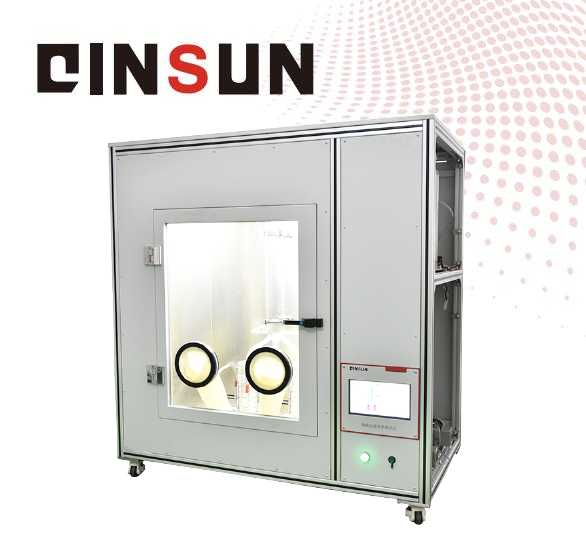How to operate the bacterial filter tester?

The bacterial filter tester is a professional device used to test the bacterial filtration efficiency of masks. Its operation method usually includes multiple steps such as pre-test preparation, startup and setting, formal test, subsequent processing, data processing, and result analysis. The following is a more general operation method of the mask bacterial filter tester:

1. Pre-test preparation
Check the system:Make sure that the system pipeline of the tester is connected correctly and there is no leakage or blockage.
Check whether all parts and accessories required for the test are complete and intact.
Disinfection and pretreatment:Strictly disinfect the test materials and tools to prevent cross-contamination.
Prepare the test sample (such as a mask) under the specified environmental conditions for pretreatment, usually in an environment with a temperature of 21±5℃ and a relative humidity of 85±5% for at least 4 hours.
Prepare bacterial suspension:Use standard strains such as Staphylococcus aureus ATCC6538, inoculate in an appropriate amount of tryptic soy broth, and shake and culture at 37±2℃ for 24 hours.
Dilute the culture to an appropriate concentration, such as 5×10^5 CFU/ml, with an appropriate diluent (such as 1.5% peptone).
2. Power on and settings
Turn on the tester: According to the tester's instructions, turn on the tester's power supply correctly and wait for the tester's self-test to complete.
Set test parameters: According to the test requirements, set appropriate test flow, spray flow, sampling time, and other parameters.
Ensure that all parameters of the test system are within the normal range and remain stable.
3. Formal test
Place the sample:Place the pretreated mask sample in the upper fixture of the tester's sampler with the tested surface facing up.
Ensure that the sample is placed firmly and will not move or deform due to airflow.
Generate aerosol: Generate aerosols with specific requirements through an aerosol generator, such as an aerosol flow rate of 2200±500CFE, an average particle diameter of ±0.3μm, and a geometric standard deviation of aerosol distribution not exceeding 1.5.
Introduce the aerosol into the test system and pass it through the sample to be tested.
Collect samples: During the test, collect bacteria from the aerosol that penetrates the sample and culture them on an appropriate culture medium.
Record the sampling time and ensure that the system remains stable during the sampling process.
Positive quality control: Perform a positive quality control test without placing a sample to verify the accuracy and reliability of the test system.
The results of the positive quality control test should be used as a reference for the subsequent sample test results.
4. Subsequent processing
Cultivation and counting: Put the collected bacterial samples in a biochemical incubator for constant temperature culture, usually at 37±2℃ for 24~48 hours.
Count the cultured bacteria and record the results.
Cleaning and disinfection: After the test, thoroughly clean and disinfect the aerosol chamber, pipelines, samplers, and other components of the tester.
Ensure the cleanliness and sterility of the test system for the next test.
5. Data processing and result analysis
Calculate bacterial filtration efficiency: Calculate the bacterial filtration efficiency (BFE) of the mask based on the positive quality control test results and sample test results.
The calculation formula for bacterial filtration efficiency is usually: BFE = (C - T) / C × 100%, where C is the average value of positive quality control and T is the sum of sample counts.
Analysis results:
Based on the value of bacterial filtration efficiency, determine whether the mask sample meets the relevant standards or requirements.
Record and save the test results for subsequent analysis and comparison.
2024-11-08 09:16

